Fractional NFTs experienced rapid growth in 2021, with a market cap of around $212.6 million. What exactly are they and why are they so popular among investors?
NFT, or Non-Fungible Token represents a new era of decentralized and transparent digital asset ownership. One of the reasons why people invest in NFT is guaranteed exclusive proprietary rights, in which assets cannot be replicated or tampered with. This exclusivity not only limits NFT holders but also causes the price to be extremely high-priced.
In overcoming skyrocketing prices, the concept of fractional NFTs has emerged. To understand further what fractional NFTs are, how they work, and what are the benefits for investors, let's read on until the end.
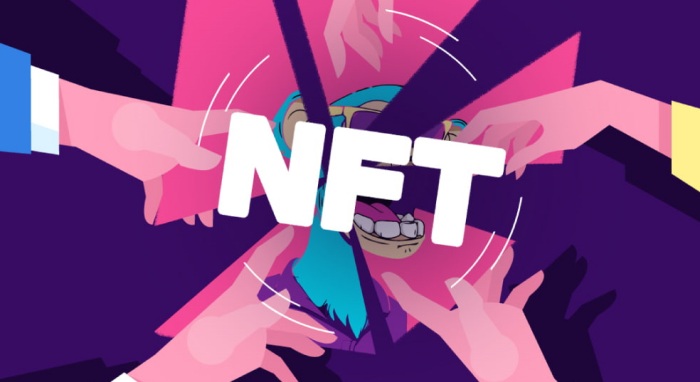
Contents
What are Fractional NFTs?
Fractional NFTs are one whole NFT that has been divided into smaller portions, allowing multiple parties to claim partial ownership of the same NFT. As the name suggests, fractional NFTs possession is shared fairly between investors. These fractional tokens provide each holder the right to trade or exchange them in the marketplace. This gives investors permission to own expensive assets without having to buy the whole thing. In short, the fractional NFTs concept allows everyone with a limited budget to buy NFT.
The asset fractionation concept is actually common in traditional investments for high-value items such as vacation homes, airplanes, or luxury cars. Thus, if you have fractional NFTs, the related risks and costs will be automatically divided too. Sounds amazing, right?
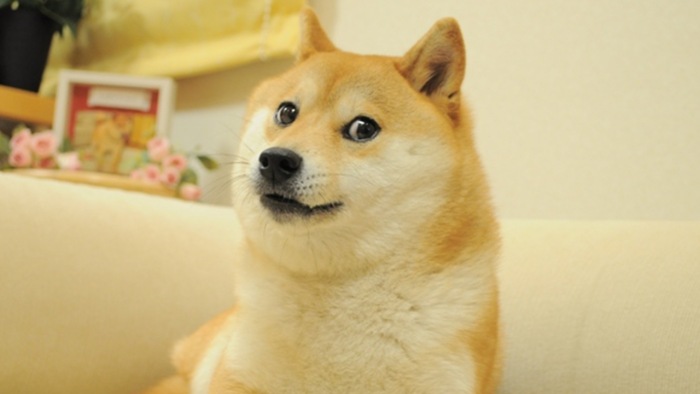
So, what are some examples of fractional NFTs?
There are many you can choose out there, but the most notable one is no other than the legendary Doge meme, which has been fractionated into billions of tokens. With a total current value of $500 million, naturally, not many people are able to afford it. But anyone now has the opportunity to own one for less than $1. PleasrDAO, the collective that bought Doge NFT meme, is selling fractional ownership of it through Fractional.art.
Another example of fractional NFTs is Zombie CryptoPunk, which was sold for 1.144 Ether (ETH) or about $3.2 million USD and is owned by 480 holders. After purchasing ZombiePunk, each buyer receives an ERC-20 token representing their share of the artwork. The tokens become their rights so holders are free to sell as they please.
Cons of Buying Fractional NFTs
Fractional NFTs offer a golden opportunity for those of you who don't have a lot of money, but there are some crucial threats to consider before starting to invest. After all, fractional NFTs are a very new concept, hence the built-in risk.
- Lack of regulation
Like most crypto assets, the regulatory aspects of fractional NFTs are still uncertain. This means the investment has not been clearly protected and is subject to legal changes according to the geographical location of each investor. - Copyright infringement
Another issue you should consider is intellectual property rights. Before buying fractional NFTs, make sure that the seller actually owns the rights to the asset they are selling. You can check the associated metadata of the underlying smart contract before purchasing fractional NFTs. - Maintenance and smart contract risks
Since the smart contract is an integral part of the fractional NFTs system, the entire network is vulnerable to attacks if it is hacked. - Market volatility
The price of NFTs is so volatile that many investors approach them with caution. Although their values are predictable by their utility, they can change drastically in a short period of time.
In short, investing in fractional NFTs may not be a big deal, as long as you beware of the risks involved.
Where Can You Buy Fractional NFTs?
Actually, there are not many fractional NFTs platforms to choose from, but several stand out to compete in the growing NFT market. The following are some of the vendors where you can purchase fractional NFTs:
1. Unic.ly
Unic.ly is a sought-after platform for fractional NFTs. On Unic.ly, NFT holders simply need to link their crypto wallet to create a uToken, an ERC-20 token that represents NFT holdings. Users can also trade the tokens or bid on fractionated assets. The platform guarantees investors liquidity as well as stake tokens for returns, similar to the way liquidity pools and yield farms work in decentralized finance.
2. Fractional.art
Founded in early 2021, Fractional.art is a well-liked platform similar to Uni.cly, where NFT holders share their assets and redeem ETH in return. Even with no bidding and betting options, the platform offers developers more flexibility through a base and permissionless protocol design so anyone who wants to build on top of the fractional protocol can do so. Users can then browse through all available offers to see which fractional NFTs they wish to purchase.
3. NFTX
NFTX is a platform for fractionalization, but it differs significantly from Uni.cly and Fractional. NFTX enables the pooling of NFTs of the same value. For example, NFTs with the same rarity as the base price can be pooled into index funds. The company's platform accepts the creation and trading of funds, which can be exchanged for other tokens. NFTX users are also able to track a collection of NFTs such as CypherPunks, CryptoKitties, and others, enabling investors to actively trade funds on decentralized exchanges (DEXs) like Sushiswap and Uniswap.
4. PartyBid.app
Created by PartyDAO, PartyBid is a platform that allows investors to form groups to participate in NFT auctions as a team. Later, this group of investors can use the application to share NFT after it has been successfully purchased. Anyone can go to the Party Bid website and form a team by creating a registration and payment public URL link. Or, if potential investors find an NFT they want to buy, they can join a pre-existing party.
5. Niftex.com
Based in Singapore, the Niftex platform has generated over $2 million USD since its operation in mid-2020. The platform permits NFT owners to create fractions by choosing a price and distribution method before being sold at a fixed price. After that, the NFT pieces go to the market to be traded as common assets. This whole process is managed by their integrated smart contract.
EndNote
It is undeniable that fractional NFTs are the most popular investment for millennials today, as they help increase participation in the booming NFT space. The existence of fractional NFTs expands the opportunities in the NFT market by making it affordable to everyone. Although the NFT investment process has become more accessible, it does not mean that the world of NFT is without risks. After all, NFT still has problems like scams and environmental impacts that may cause bigger problems in the future.

 Dedicated FREE FOREX VPS
Dedicated FREE FOREX VPS Free FOREX Virtual Private Server
Free FOREX Virtual Private Server MT4 Demo Contest, Get $500
MT4 Demo Contest, Get $500 Sign Up for an Account, Claim 60% Deposit Bonus
Sign Up for an Account, Claim 60% Deposit Bonus Free MT4/MT5 VPS 2024
Free MT4/MT5 VPS 2024 Send E-mail and Get Free Merchandise
Send E-mail and Get Free Merchandise $1K Refer a Friend Bonus for Pepperstone Pro clients
$1K Refer a Friend Bonus for Pepperstone Pro clients Maximize Your Earnings with 100% Deposit bonus
Maximize Your Earnings with 100% Deposit bonus Trade to Win, $5,000 Monthly Demo Contest
Trade to Win, $5,000 Monthly Demo Contest Claim 30% + 15% Deposit Bonus from LiteFinance
Claim 30% + 15% Deposit Bonus from LiteFinance
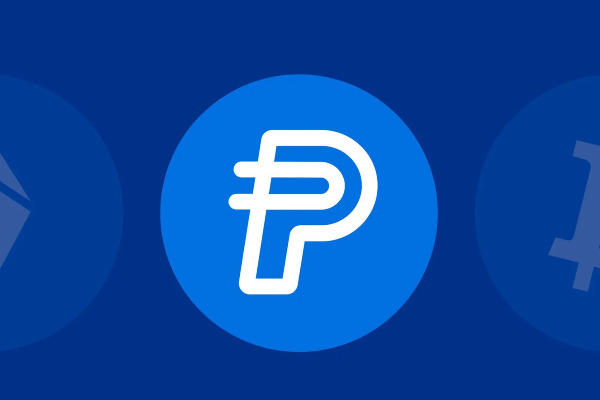
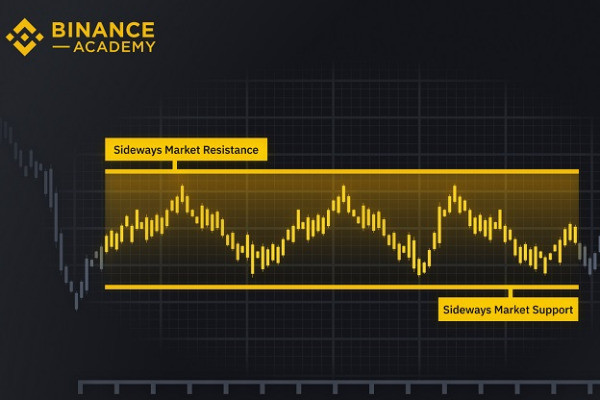
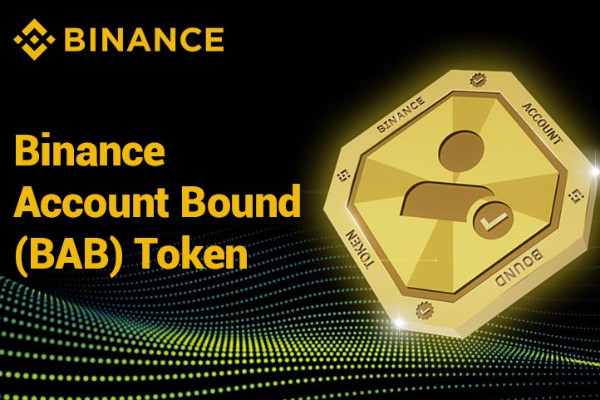
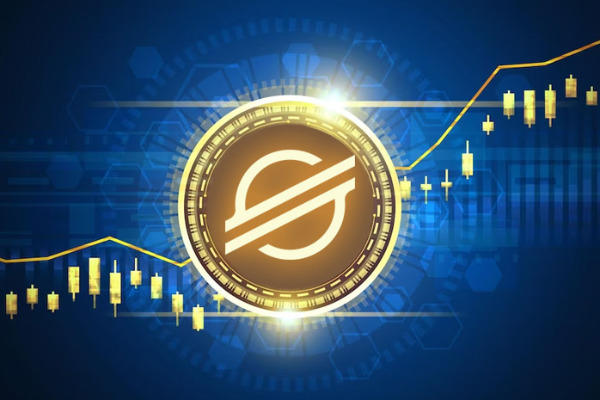
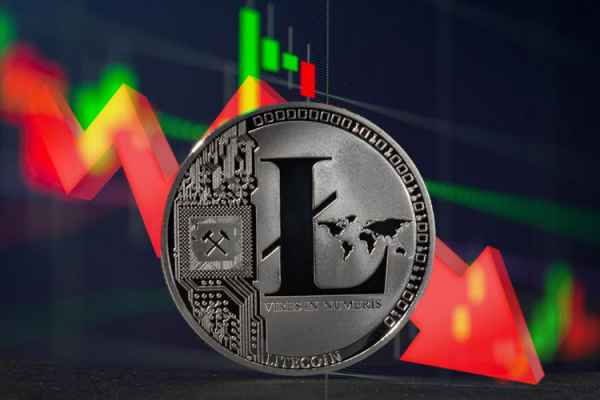

 Bitcoin
Bitcoin Ethereum
Ethereum Tether
Tether BNB
BNB Solana
Solana USDC
USDC XRP
XRP Toncoin
Toncoin Dogecoin
Dogecoin Cardano
Cardano